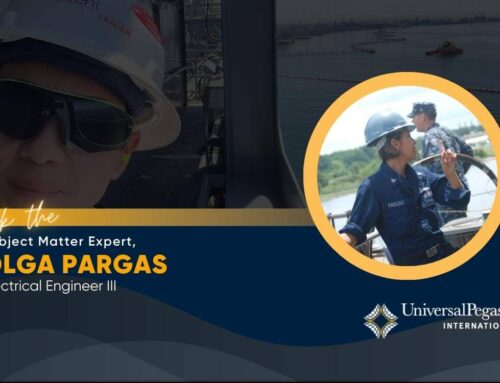Cathodic Protection
Presented by: John Evans
The initial investment in land, material and installation for underground utility infrastructure is significant. To ensure the continued long-term operation of these assets, an engineered corrosion protection solution is required to protect the asset from the environment and even the product being moved.
The design and installation of a system to protect underground utility infrastructure from corrosion to meet federal, state, local and operator codes and regulations is a complex endeavor requiring specialized knowledge as well as the input from multiple engineering disciplines. The utilization of an integrated design team as well as select specialists ensures a cost-effective, constructible corrosion solution capable of protecting an asset for the effective design life. This document addresses Cathodic Protection design with little or no considerations of the complexities associated with Alternating Current Interference Mitigation (ACIM) but it should be noted by the reader that ACIM can affect the cathodic protection system.
Cathodic Protection
Two metals when interacting through an electrically conductive media, can form a galvanic cell, depending
on their electromotive potentials. Whereas corrosion occurs on the anodic side of a reduction-oxidation
reaction, protection can be provided as illustrated in Figure 1. Through the utilization of material selection,
bonding, and/or impressed electrical current we are able to shift the eff ective electromotive potential in
a protected structure such that the structure is Cathodic with respect to the “protective” Anode where
corrosion will occur thus the term Cathodic protection.
Design Process
While the chemical process is fairly straight forward the difficulty in simulation and design stems from the approximation of the protective coating effectiveness and degradation, approximation of the corrosion cell, evaluation of the electrolytic media (soil), protective system selection, life cycle cost calculations and
finally the material section with installation details. The inherent complexity involved in each step of the overall process shown in figure 2 represents a technical challenge in approximating partial or highly dynamic data sets, such as soil resistivities across the length of a pipeline. Discipline specific engineers not
only specialized in pipeline design but also in integrating cathodic protection are essential in developing a constructible pipeline system with temporary and permanent cathodic protection that can be installed simultaneously, protected and ready to move product once commissioning is complete.





